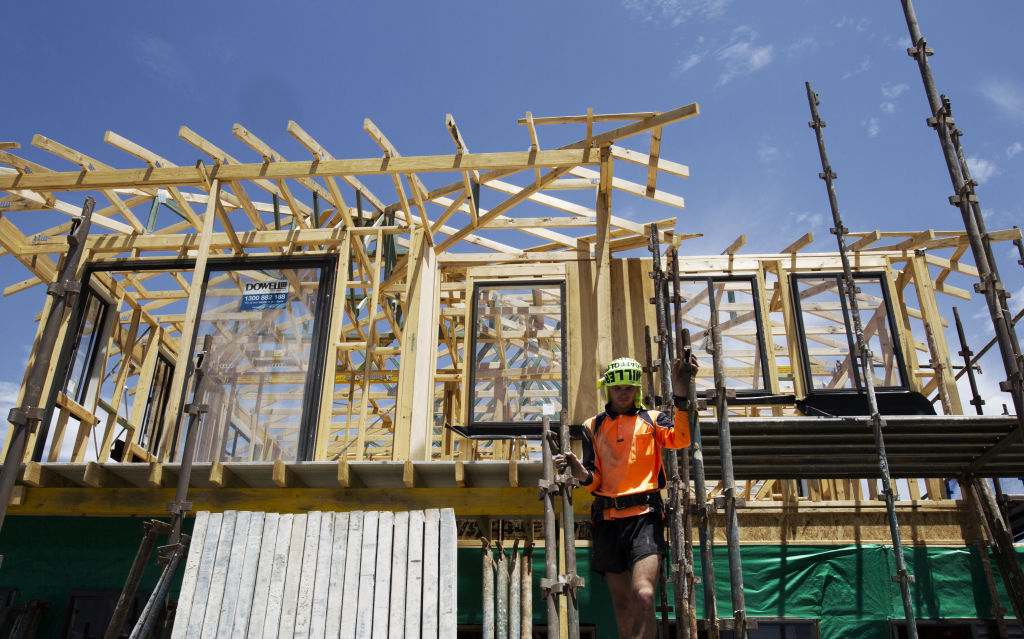Artificial intelligence set to speed up development approvals with semi-automated planning decisions: AHURI report

Slow development approvals and inconsistent planning decisions could soon be a thing of the past, with disruptive technologies set to streamline urban planning.
Artificial intelligence could soon be sophisticated enough to semi-automate urban planning processes, better predicting the effects of a proposed development and fast-tracking approvals.
The latest Australian Housing and Urban Research Institute report argued the capacity already existed for digital planning systems to do initial assessments of planning proposals for smaller developments such as a house renovation or an extension.
“We’ve had e-planning reforms and e-planning digital infrastructure in NSW and Victoria that’s sort of streamlining the process to a degree but AI [artificial intelligence] will take it to the next level,” said lead author and University of NSW professor Christopher Pettit.
He said the technology, including machine-learning algorithms and image and text recognition, was already being used in legal and finance firms, trawling through thousands of documents, and it was only a matter of time before planning departments and local governments adopted the technology too.
“It’s on the cusp of being used and it’s now being used in statutory cases where AI can help to navigate and help find precedences,” he said.
AI could be used to investigate permissible land uses and determine whether a potential housing development meets the local environment plan, according to Mr Pettit.
He said one of the biggest benefits of AI was its potential to handle manual, laborious work for planners, freeing them up for more strategic tasks and community consultation.
“We can have a more definitive way of searching precedents and looking at whether planning proposals are conforming or not conforming to existing zoning requirement and planning schemes,” he said.
“It can start to take out the dreary work out and make it more efficient.”
Dr Serryn Eagleson, deputy director of Australian Urban Research Infrastructure Network, said AI would also provide better opportunities for scenario-planning and predicting future outcomes more accurately.
“At the moment we’ve had a lot of ad-hoc planning because we don’t have a lot of intelligence,” said Dr Eagleson.
She said with the advent of 3D printing, planning authorities and community members could also better understand the impacts of a proposed development.
“If you put the 3D model in then the community can see the shadowing effects and you can see virtual reality impacts of the property,” Dr Eagleson said.
“You’re building new ways of understanding the results … and that information hasn’t been available to the community before because they’ve had to interpret 2D plans.”
While artificial intelligence offered the promise of increased efficiencies because of semi-automated decisions, Mr Pettit was quick to warn of the dangers around the technology, saying it should not replace planning systems altogether.
“We need to use AI to automate parts of the planning process where it makes sense. We do not want AI controlling our cities and the entire planning process,” he said.
“If we were to fully automate systems then that’s challenging the democratic process of urban governance of cities.
“The last thing we need is the Centrelink ‘RoboDebt’ scandal repeated in the context of planning.”
He said AI should provide recommendations for humans to check, but ultimately “final sign off should remain in control of planners”.
We recommend
We thought you might like
States
Capital Cities
Capital Cities - Rentals
Popular Areas
Allhomes
More







